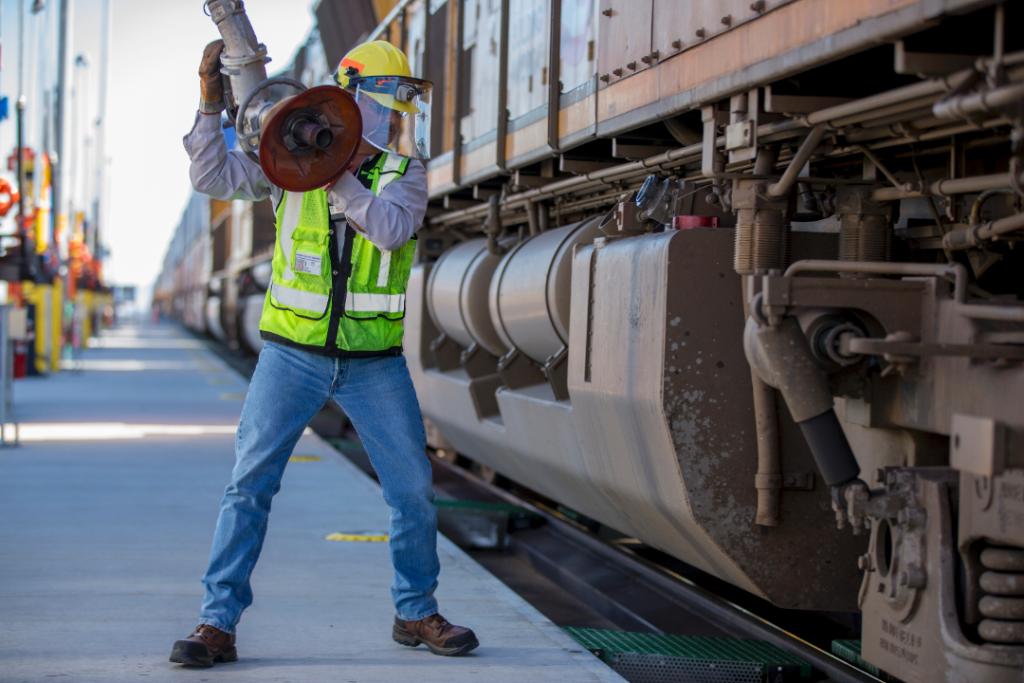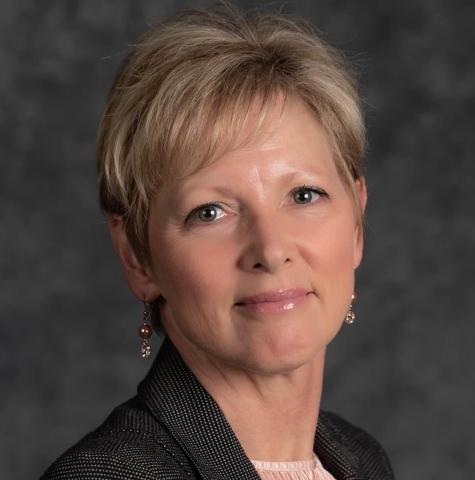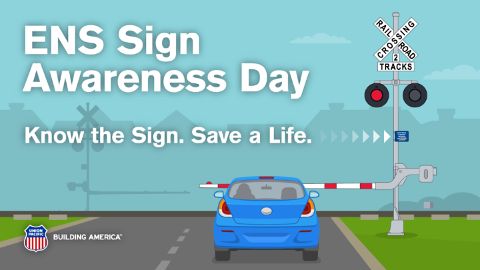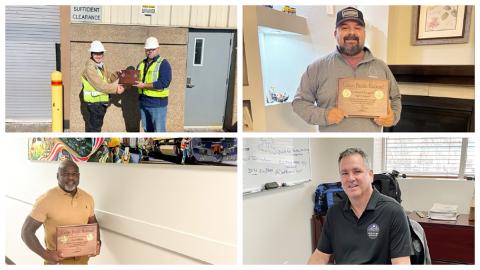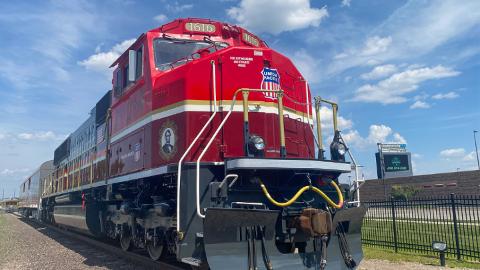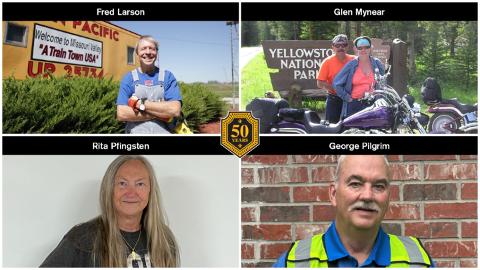The United Nations report on climate change issued in 1990 warned that global temperature rise might be as much as 2 degrees C in 35 years and recommended reducing CO2 emissions worldwide. That same year, Union Pacific was among the first in our industry to form an Environmental Management group.
That team supported the company’s commitment to protecting the environment now and for future generations by continuously improving our management systems and operating efficiency while developing and investing in technology to reduce the company's environmental footprint.
Working for a company that was committed to protecting our environment was a source of pride for me and for most employees at the company, but there also were those who viewed our group as outsiders standing in the way of operations and progress.
So, it wasn’t an easy road. It started with catch-up and clean-up. Back then it was common to see piles of materials and debris scattered about in nooks and crannies of our railyards. The environmental group spent the better part of the ‘90s sponsoring a one-time clean-up of the property.
But cleaning up wasn’t enough. We turned our attention to prevention by installing retention tanks on locomotives, building wastewater treatment plants and building hazardous materials containment structures. At the same time, we continued educating our employees on the reasons why protecting the environment must be part of every job.
To maintain momentum and leverage what we’d achieved, in the late 2000s, we began pursuing what became the company’s Environmental Management System (EMS). Created in 2016, EMS ensures we are addressing the most significant environmental risks, maintaining compliance, and continuously improving to meet future demands.
EMS has helped reduce hazards associated with the materials we use. It’s also helped us find ways to reuse and recycle wastes, prevent sources of contamination, and establish everyday work practices that protect the environment and communities we serve.
Subscribe to Inside Track
We’ve implemented systemwide approaches for waste management that typically divert 70% of waste from landfills. This includes having old railroad ties recycled for landscaping or burned for energy recovery and recycling used oil into fuel blends.
I’m proud of where we’ve been and how far we’ve come. But we’re not done.
Our operations are continually challenged by more frequent and severe weather events resulting from climate change. UP has strengthened its commitment to the environment with aggressive and meaningful targets on carbon emission reductions. We already are pursuing low-carbon fuels and battery-electric switcher technology as well as evaluating electrification of operations such as vehicles and other equipment. We’re switching to more efficient lighting at many locations and assessing the use of land for projects that provide carbon offsets.
These efforts and more are outlined in our 2021 Climate Action Plan that underscores our commitment to achieve net zero greenhouse gas (GHG) emissions by 2050.
To meet that goal, we must engage every employee and consider carbon impacts when making business decisions -- from the products we purchase to the equipment we operate. This will unlock productivity and benefits beyond the bottom line. Our just-launched employee resource group, Planet Tracks, supports this idea by fostering engagement and personal awareness.
I’ve seen a lot of progress on environmental matters at UP over the past 30 years. We’re by no means finished. With the steps we’ve taken and our commitments for the next 30 years, I know we’ll get there.
Christi Hornick received the 2021 Career Environmental Achievement Award by the Association of American Railroads in recognition of her longstanding work to advance sustainability and environmental responsibility. The AAR is the world’s leading railroad policy, research, standard setting, and technology organization that focuses on the safety and productivity of the U.S. freight rail industry.

